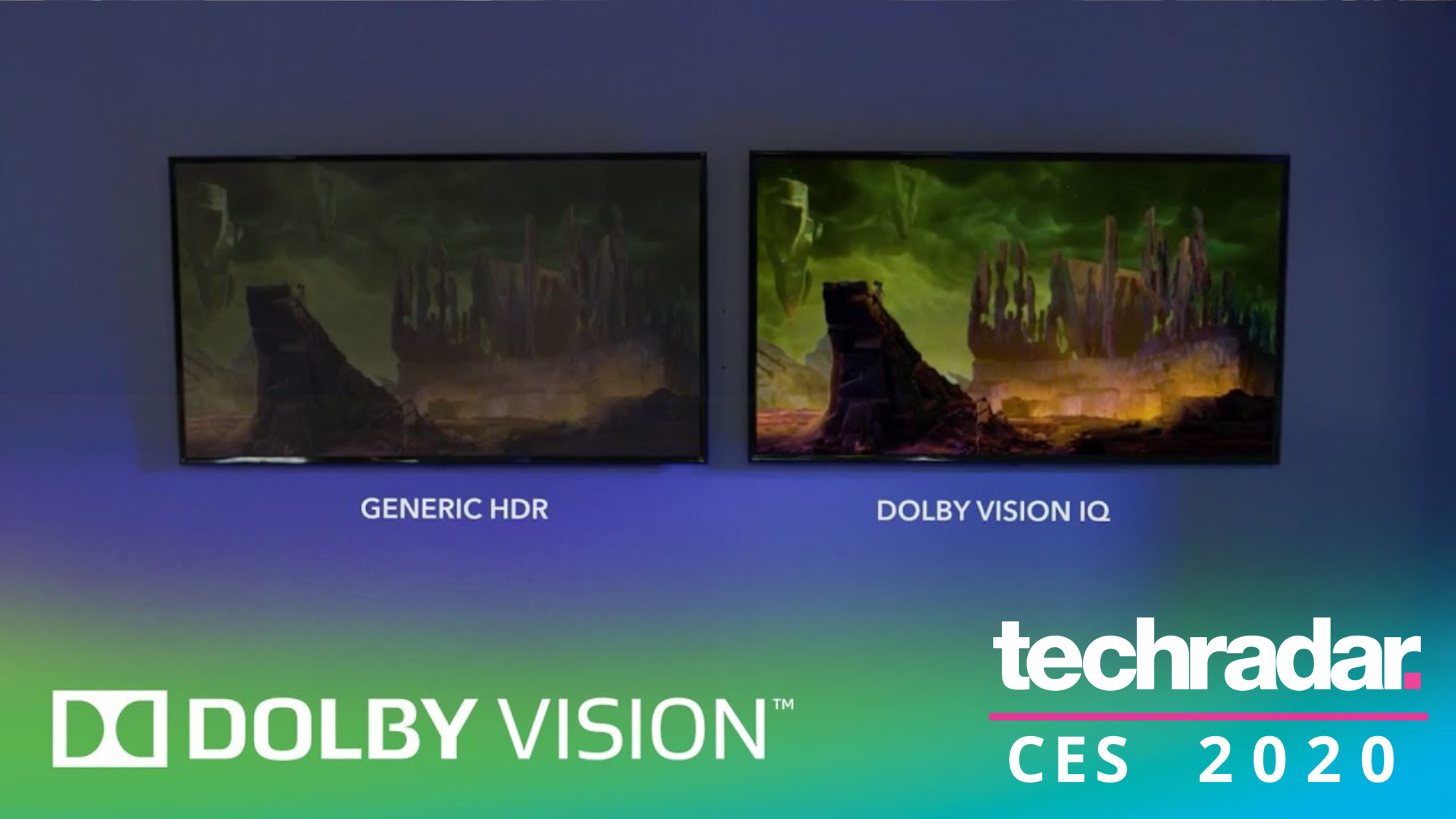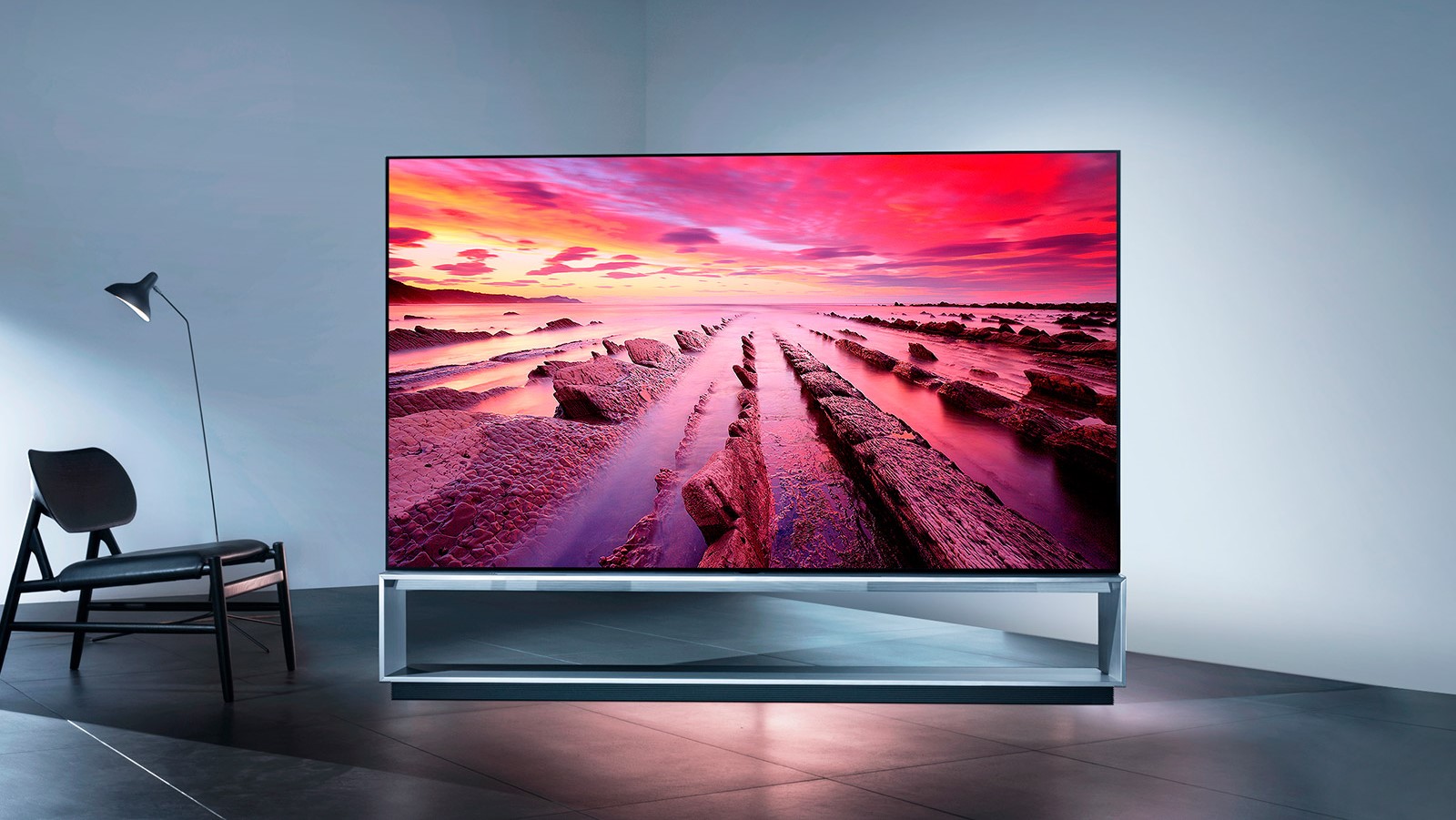
Dolby Vision is going to get even better this year, thanks to a new feature in some high-end TVs – Dolby Vision IQ – that will make shows and movies look great in any room at any time of the day.
The new feature was announced at CES 2020 alongside the new Panasonic HZ2000 OLED and LG Gallery Series OLED, two of the first TVs to use the new technology.
The way Dolby Vision IQ works is by using the dynamic metadata encoded in Dolby Vision content in conjunction with an embedded light sensor in the TV, using the information to change the picture settings and display a more accurate picture.
Basically, Dolby Vision IQ can tell that you’re watching TV in a brightly lit room, where lots of dark details are getting lost. The TV will therefore be able to boost the brightness automatically without you having to go into the picture settings and do it yourself.
Besides adjusting to the room’s lighting, Dolby Vision IQ can also adjust picture settings based on content – i.e. when you change the channel, the TV can automatically change picture settings that are more suitable for that type of content.
This is something other TVs can do by themselves without the help of Dolby Vision IQ already, but using dynamic metadata instead of AI deep-learning could mean better overall images.

So this isn’t a new type of Dolby Vision, right?
Right. The way it’s being pitched now, Dolby Vision IQ is a way to use Dolby Vision content to help viewers get the best-looking content possible in every room with the least amount of work. Which, undoubtedly, is a good thing.
Get daily insight, inspiration and deals in your inbox
Sign up for breaking news, reviews, opinion, top tech deals, and more.
That said, it's also a way to get more TV manufacturers and production companies to buy into Dolby Vision. It’s also limited, too, in the sense that it needs Dolby Vision content to get the feature to work.
The good news is that the overall availability of Dolby Vision content continues to grow thanks to Netflix, Vudu and iTunes, and that means finding compatible content will become less and less of a problem as time goes on, and more of that content will be available to be used with Dolby Vision IQ.
- Check out all of TechRadar's CES 2020 coverage. We're live in Las Vegas to bring you all the breaking tech news and launches, plus hands-on reviews of everything from 8K TVs and foldable displays to new phones, laptops and smart home gadgets.
Nick Pino is Managing Editor, TV and AV for TechRadar's sister site, Tom's Guide. Previously, he was the Senior Editor of Home Entertainment at TechRadar, covering TVs, headphones, speakers, video games, VR and streaming devices. He's also written for GamesRadar+, Official Xbox Magazine, PC Gamer and other outlets over the last decade, and he has a degree in computer science he's not using if anyone wants it.
